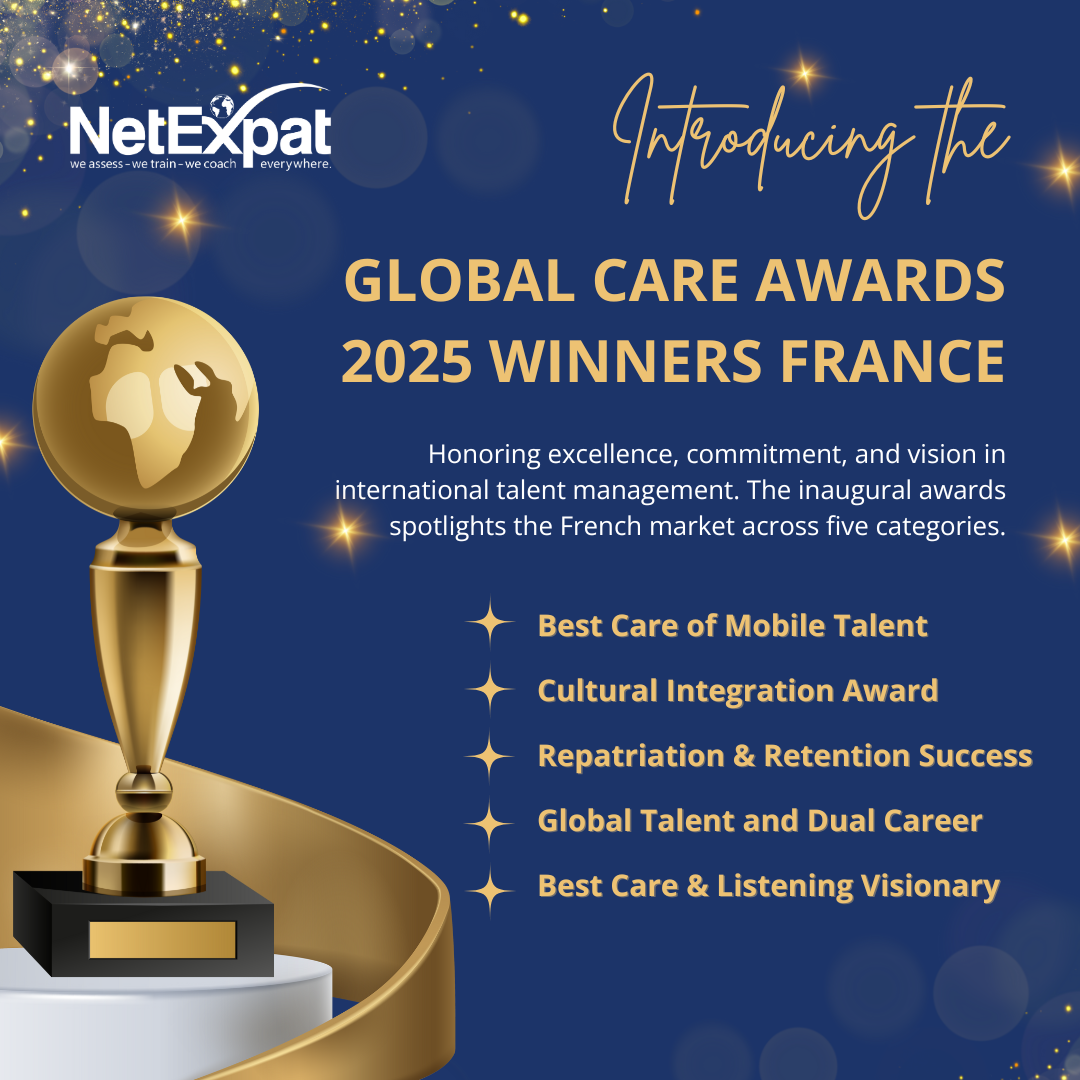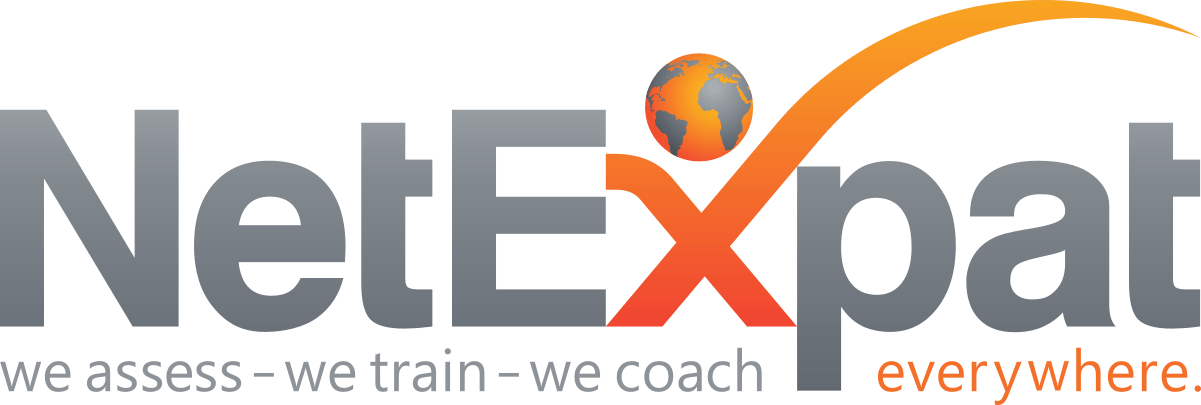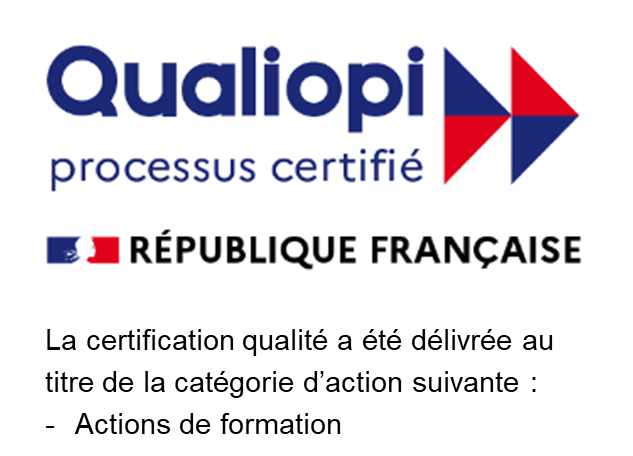A Cultural Psychometric Tool: A Powerful Solution For Global Workers
Cultural and personal differences in preferences and work styles affect a range of critical business activities. That’s why using a cultural psychometric tool can be a powerful solution for global workers, business travelers and expats alike to help them develop their self-awareness and enhance their cultural agility.
At NetExpat, we use CultureSnap℠ - which is essentially a “snapshot” of the user’s cultural profile. By leveraging this innovative tool, organizations, teams and individuals can develop a more effective strategy for a global success.
Thanks to the CultureSnap℠, the users will:
- Discover their strengths and anticipate potential challenges while working internationally
- Visualize how their mindset compares with over 80 other cultures
- Become empowered to positively impact their intercultural interactions
How does it work?
- Take a 10-minute online questionnaire
- Receive your 20-factors feedback report immediately
- Analyze your results with a certified, intercultural coach
CultureSnap℠ is a sister tool of our very popular ExpAdviser® – a comprehensive psychometric tool for expats and spouses who relocate to another country. It provides a feedback report and an adaptive eLearning module on a variety of factors (some are culturally sensitive factors while others are personal preferences). Both tools include:
- A comparison feature where you can compare yourself to up to 5 cultures at one time
- A 360° feedback feature where you can invite your peers to share their perception of you
As a result of this process, you will be able to fine-tune your cultural agility for global success.
Can a cultural psychometric help enhance cultural agility?
We know it can! A cultural psychometric tool can be useful at every stage of an intercultural collaboration. By reflecting on their results, users become more self-aware, gain insights into their own cultural values, work preferences and default behaviors, and can working toward an adjustment strategy.
Being able to flex our style and adapt to different situations and people we work with helps us to establish credibility and trust, enhances our communication and teamwork, and improves our leadership.
Cultural agility is now the key enabling factor for working in global, diverse and inclusive organizations. A well-developed psychometric tool with high validity and reliability is a powerful solution to help busy international leaders, employees and teams to enrich their experience and improve the effectiveness of working interculturally.
Find out how CultureSnap℠ can help you reach your organizational goals. Contact us today at
info@netexpat.com.
Share this post















